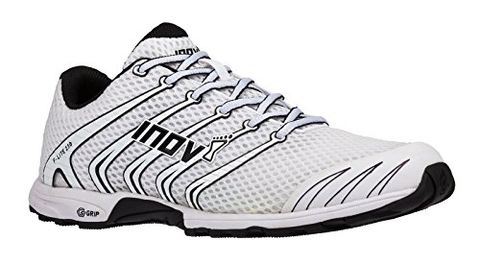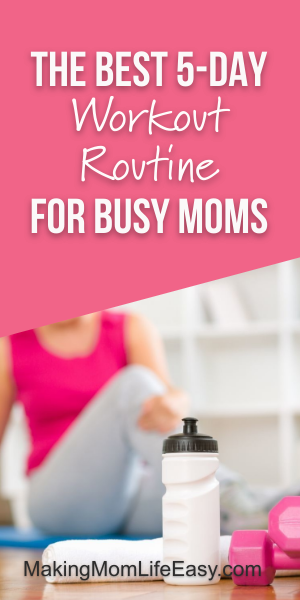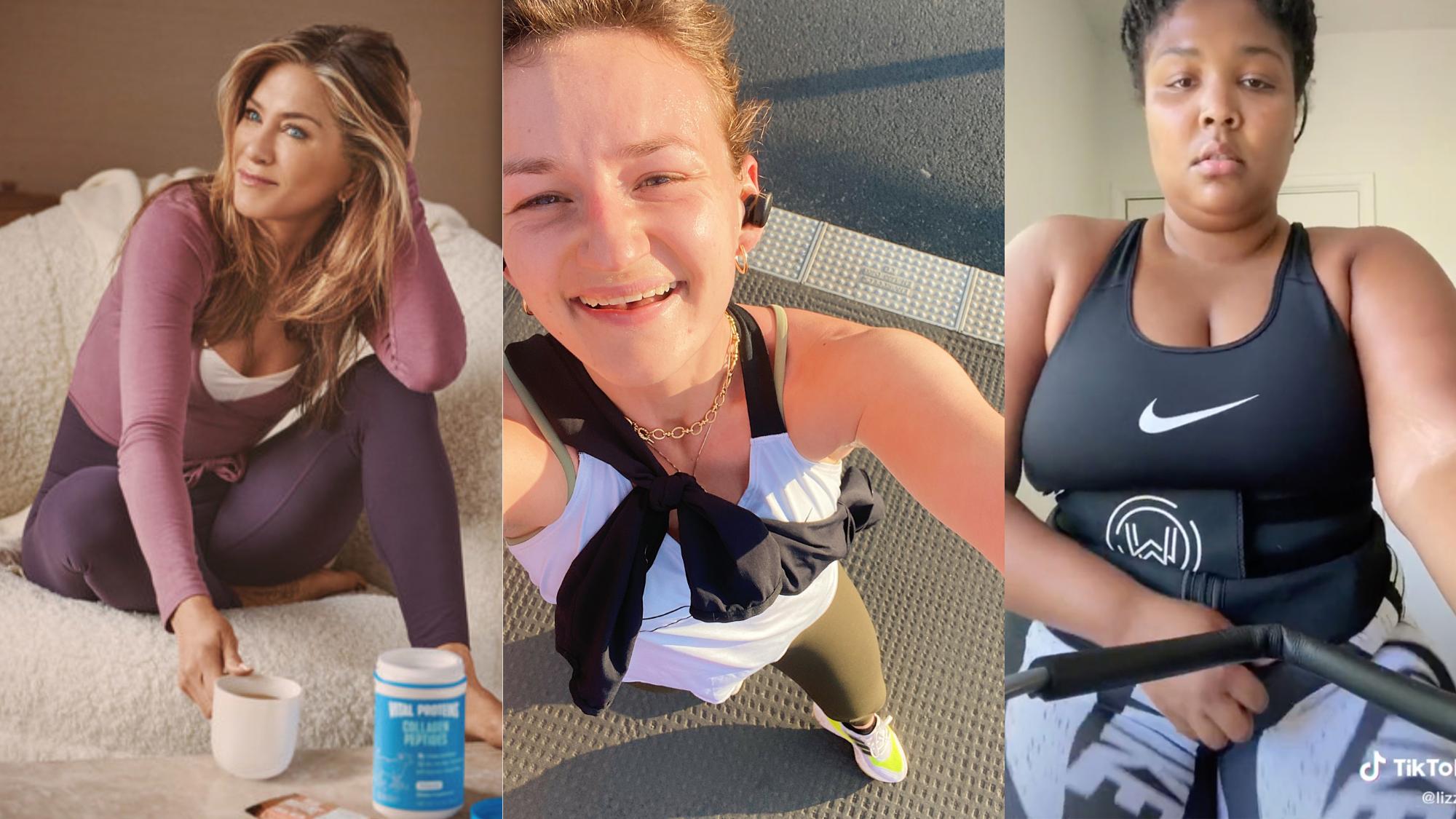
There are many levels to personal training certifications. Among them is the National Academy of Sports Medicine (NASM). Although this may sound impressive, it's easy to verify. Generally, the higher the level of certification, the better. Precision Nutrition Level 1 certification can be used to certify some personal trainers.
ACSM-certified personal trainer
ACSM Certification Review is a guide that will help you prepare to take the certification examinations for ACSM credentials. These credentials are ACSM Certified Health Fitness Specialist, ACSM Certified Clinical Exercise Specialist, or ACSM Certified Personal Coach. By preparing for these exams, you will have a higher chance of passing them.

Many websites offer study guides to assist you in passing the ACSM certification test. Some include sample questions while others provide a thorough review of the material. These resources include practice tests for ACSM CPT exams.
Precision Nutrition Level 1 Certification
Precision Nutrition level one certification for personal training is an excellent way to become a more knowledgeable nutrition expert. This course is ideal for anyone who wants to offer additional services to their clients, or for those who have already started a career in the health and fitness industry. This course provides the necessary tools for coaching nutrition in a practical and easy-to-understand way.
Precision Nutrition is an online course that is offered worldwide. Online courses are available anywhere, anytime. The course can be completed at your own pace and is open for you to read. The program also includes tutors online as well as a written text. The program also includes access to a supportive community.
ISSA Certified Personal Training Course
ISSA Certified Trainer Course is a great way to start your career as a personal trainer. The course takes around 10 weeks and includes a comprehensive textbook as well as audio lectures. There are quizzes throughout the course to help you understand concepts. And, finally, there is a 200-question examination. The final exam will be open-book so you can apply your knowledge to real life situations.

The ISSA Certified Trainer Course is online. While it doesn't offer live instructor sessions or extensive study materials, it offers a community and access to extensive resources. It has received praise from reviewers for its thoroughness and professional forum. You'll need at least 20 hours of continuing training every two years after you complete the course. A bonus is that you will receive a reduced renewal fee.
FAQ
How Can I Get Started With Fitness?
Start small! Try taking 10 minutes each day to walk around the block. This will teach you the basics of movement and give your muscles time for adaptation. Once you are comfortable with this form of exercise and have gained some experience, you can start adding steps to your daily workout routine.
Do I need to eat before going to the gym?
No. It doesn't matter what you eat before going to the gym. However, if you're hungry after working out, you might want to snack on something light like fruit or yogurt.
How many hours sleep should I get each night?
The recommended sleep amount varies based on age, gender, individual needs, and other factors. Most adults need 7 to 9 hours of sleep per day. Teenagers and young children generally need around 10 hours of sleep each night. This number decreases as they age.
Statistics
- One study showed that adults who watch more than 4 hours of television daily had an 80% higher risk of death from cardiovascular disease. (heart.org)
- An estimated 110,000 deaths per year could be prevented (cdc.gov)
- Globally, 81% of adolescents aged 11-17 years were insufficiently physically active in 2016. (who.int)
- Globally, 28% of adults aged 18 and over were not active enough in 2016 (men 23% and women 32%). (who.int)
External Links
How To
How To Burn Belly Fats Faster
Belly Fat is usually seen as a problem when we want to lose weight. However, Belly Fat can be beneficial if you really think about it. Your organs are protected by the fat around your stomach. Let's find out how to lose belly fat quickly.
The main factors that lead to body fat storage are stress and lack exercise. Because stress stimulates the release of cortisol hormone, it makes us hungry all the time. Cortisol is responsible for an increase in insulin levels. Insulin then stores excess calories as fat. Insufficient sleep can lead to an increase in appetite and adrenaline release. These extra calories can easily be lost through exercise.
There are many methods to lose belly fat. You can try any one of them depending upon your budget. These are some ways to quickly lose belly fat.
-
Eat less food. Don't eat three large meals at once. This will result in fewer calories.
-
Get plenty of water. Water helps flush out toxins from the body and keeps you hydrated. Also, drinking water before every meal will keep you feeling full longer so you won't overeat.
-
Avoid unhealthy snacks. If you're looking for quick fixes, snack foods like chips, cookies, candies, etc. These tempting snacks might look appealing. These sweet treats can be tempting, but they are high in empty calories and sugar. Instead, opt for healthy alternatives such as fruits, vegetables and whole grains.
-
At least three times per semaine, do strength training. Strength training builds muscle mass that burns more calories, even when it is done while you rest. Strengthening your bones, muscles as well ligaments, joints, tendons, heart and lungs.
-
Walking or stretching is a good habit to do regularly. Stretching can improve flexibility, mobility, and reduce back pain. Walking can help you burn calories.
-
Reduce alcohol intake. Alcohol adds empty calories to your diet and has no nutritional value whatsoever.
-
Reduce your weight gradually. Your current weight is the first step to losing weight. Calculate your ideal weight by adding approximately 5% to 10% of the total weight. Once you have established your ideal weight, reduce your daily calorie intake by 500 to 1000 calories each day until you achieve your goal.
-
Avoid processed foods. These foods are high in salt, sugar, preservatives, and other harmful ingredients. Even though they can be very convenient, these foods lack sufficient nutrients to support your health.
-
Don't skip breakfast! A good breakfast can improve concentration, memory, as well as energy level. Protein (like eggs), fiber and complex carbohydrates (like oatmeal) should be included in breakfast.
-
Have regular bowel movements. Gas and bloating can result from irregular bowel movements. To prevent this, drink plenty of water and increase fiber intake.